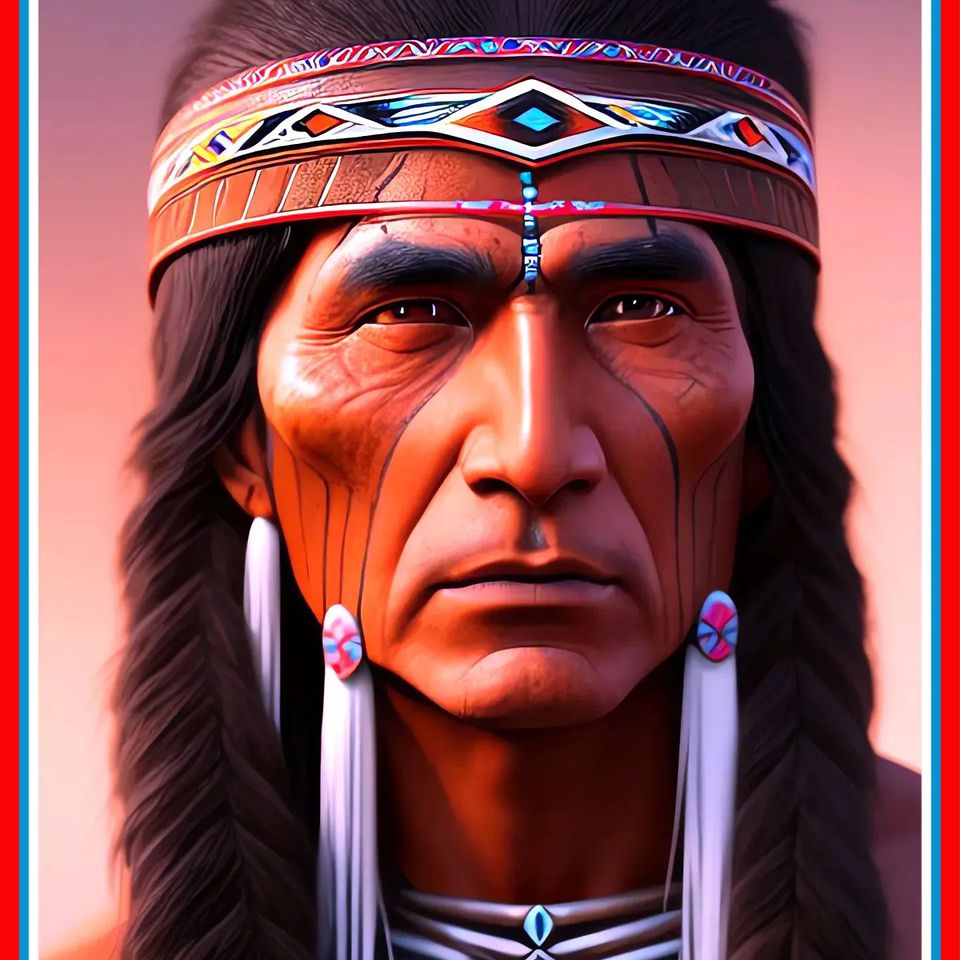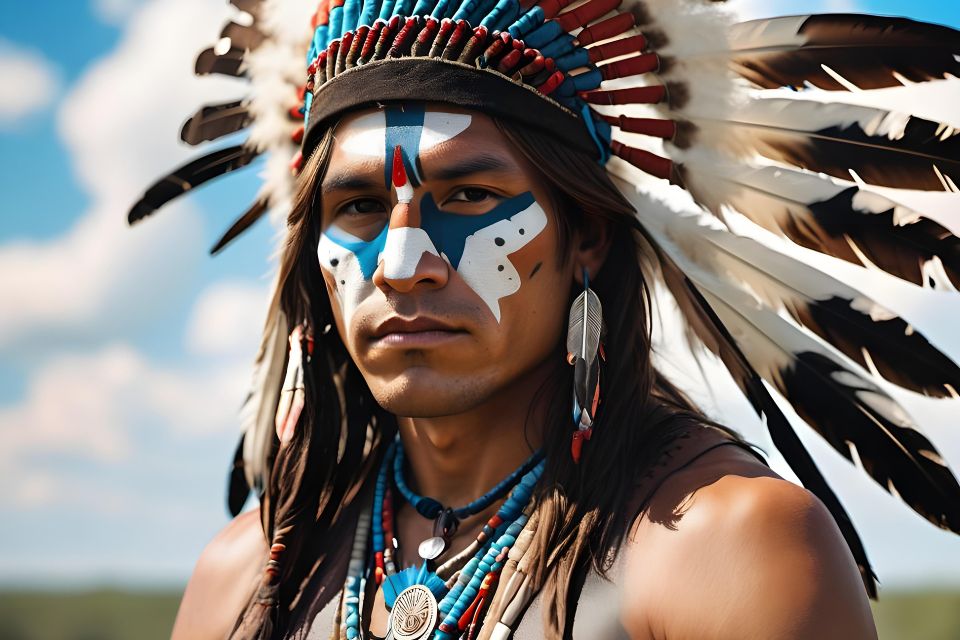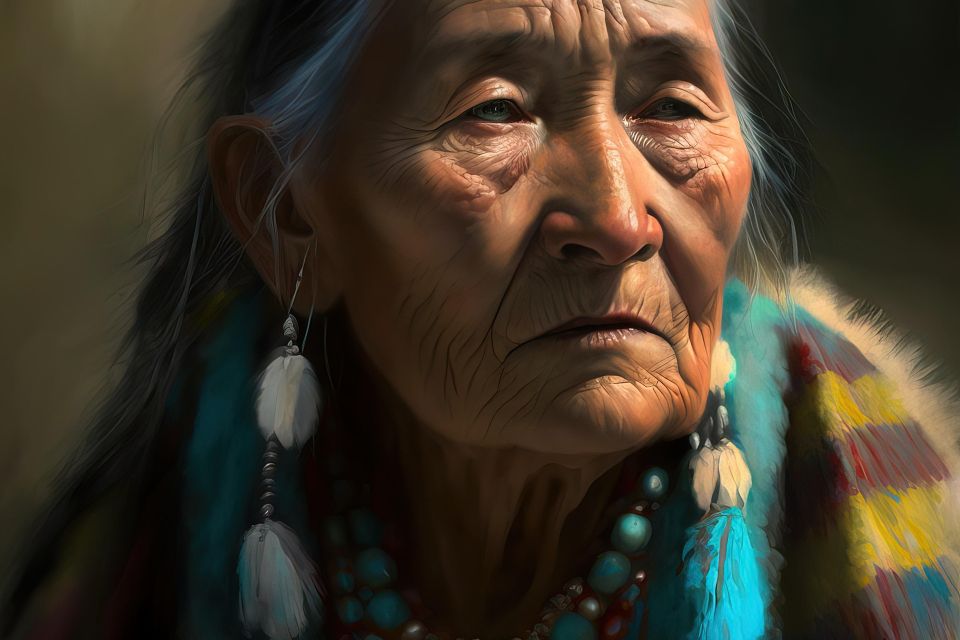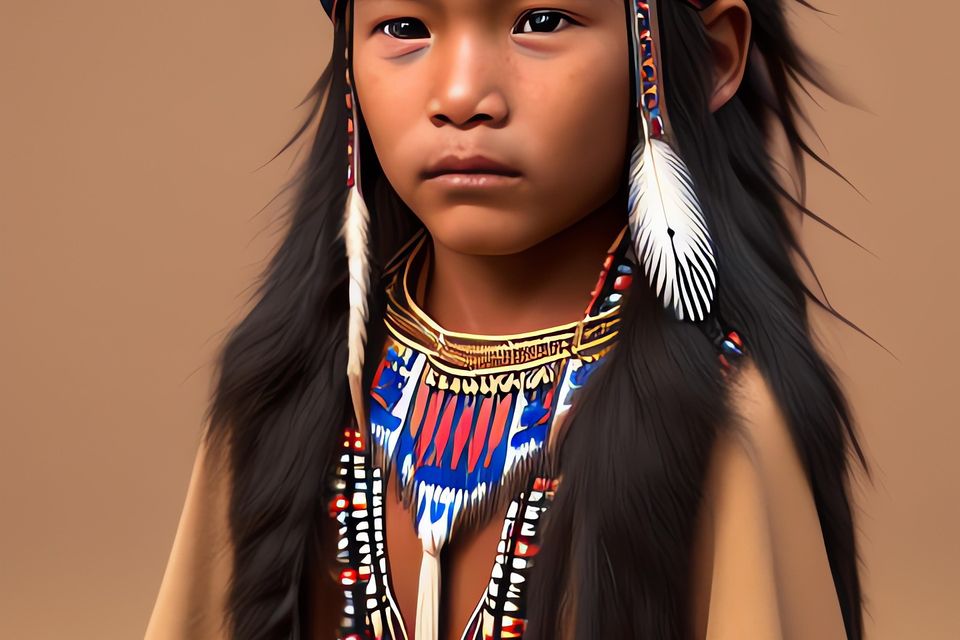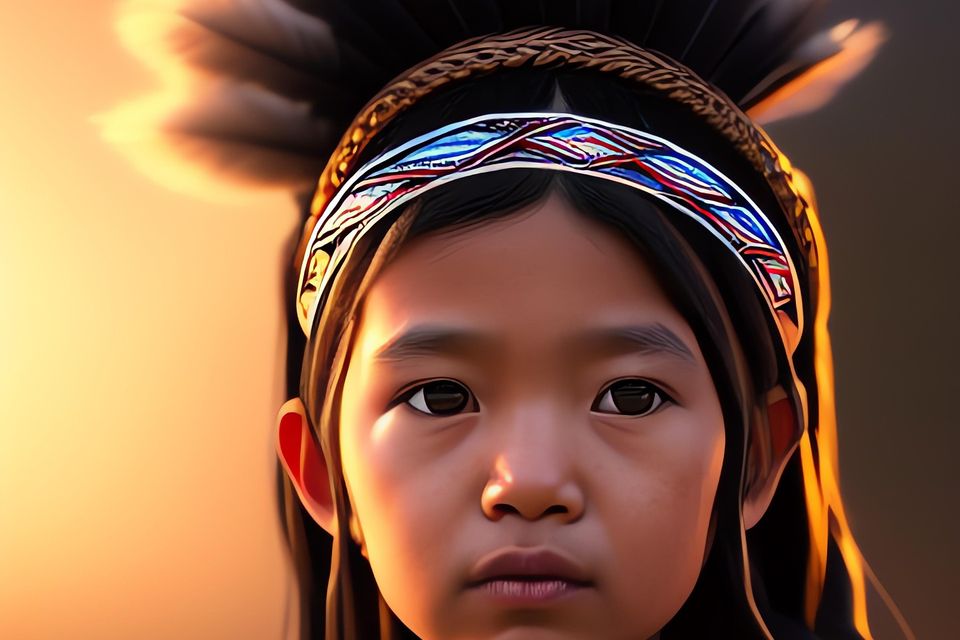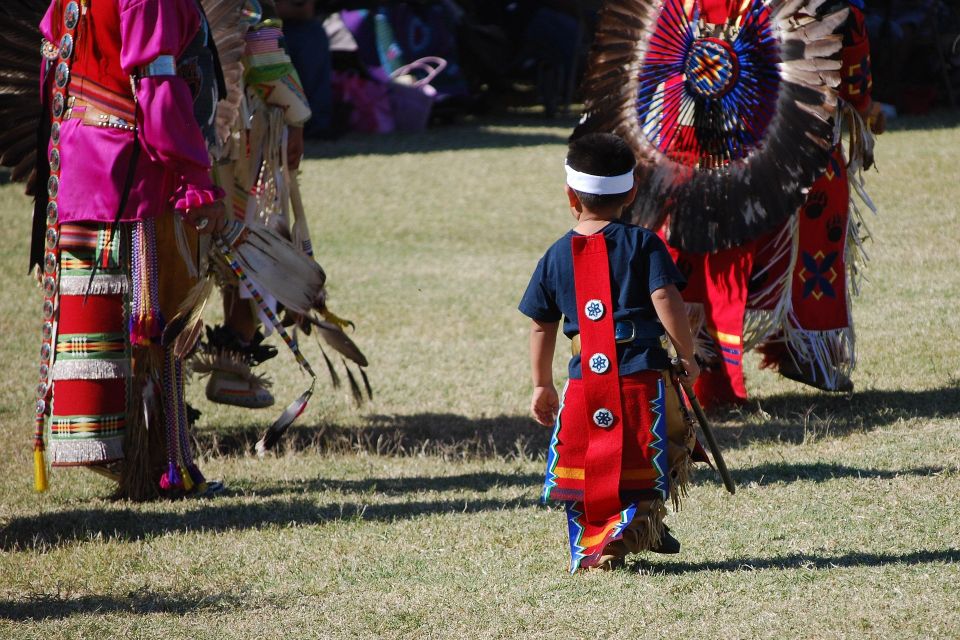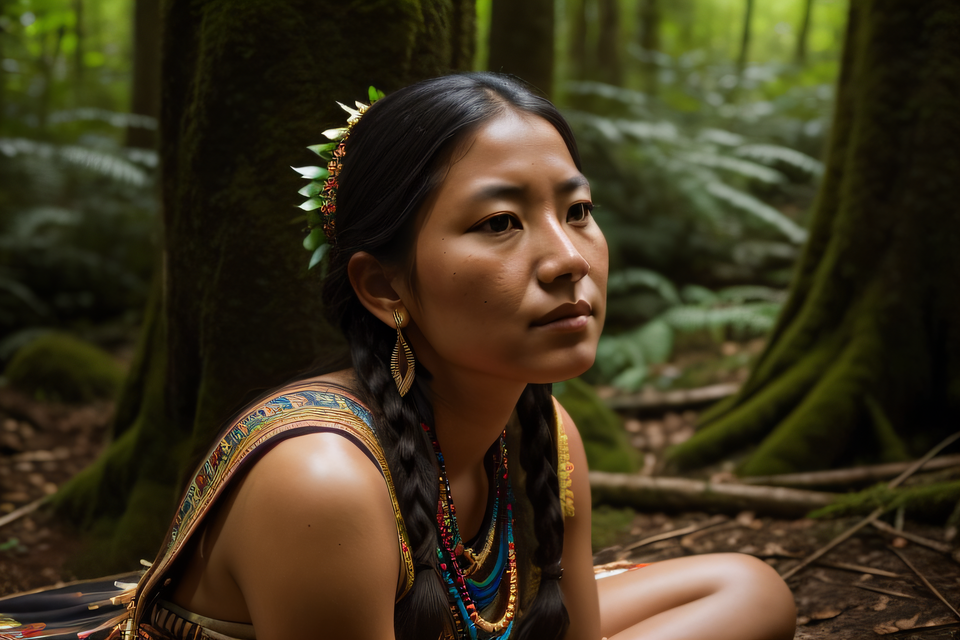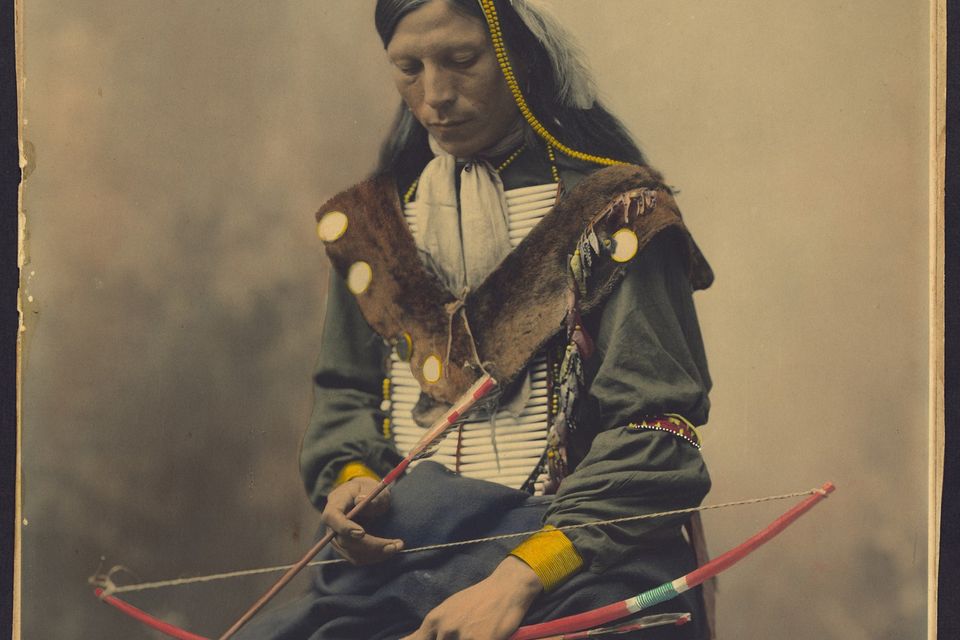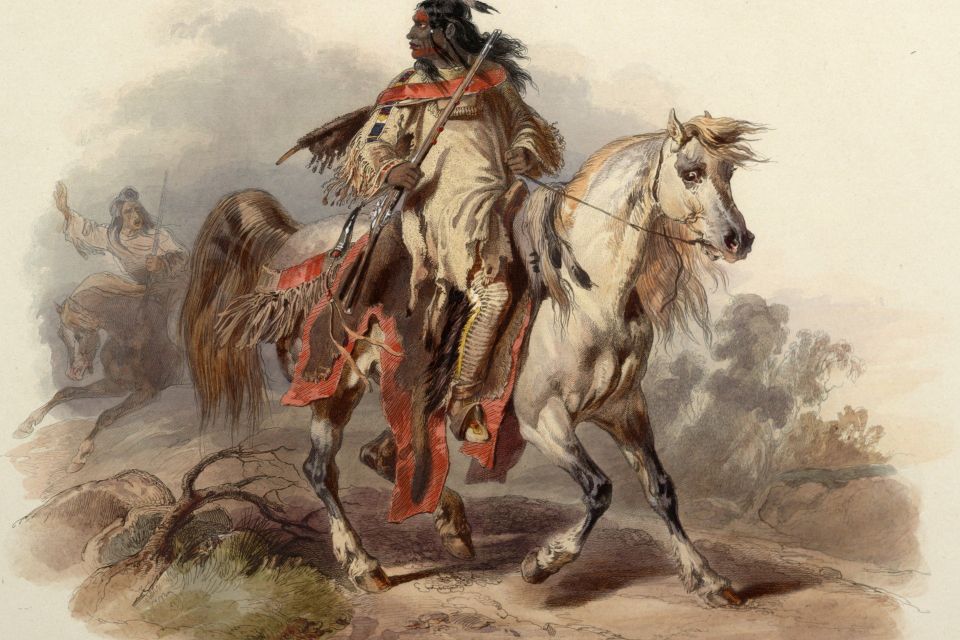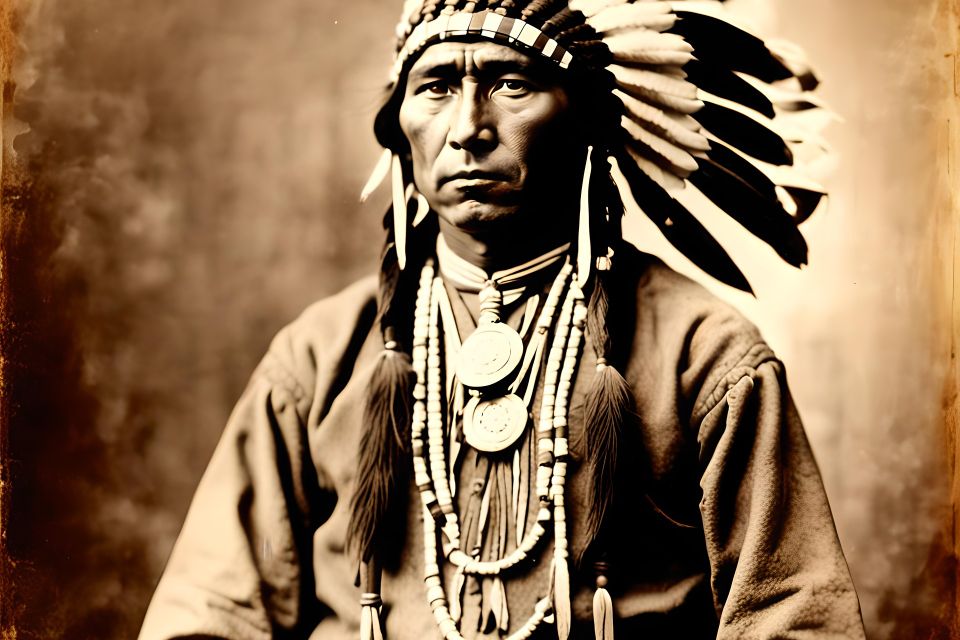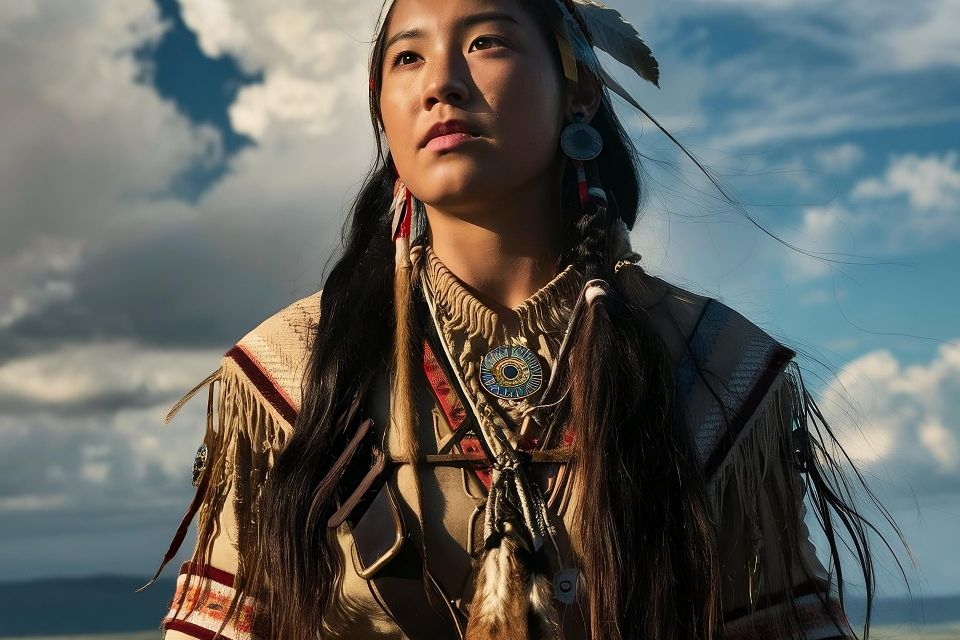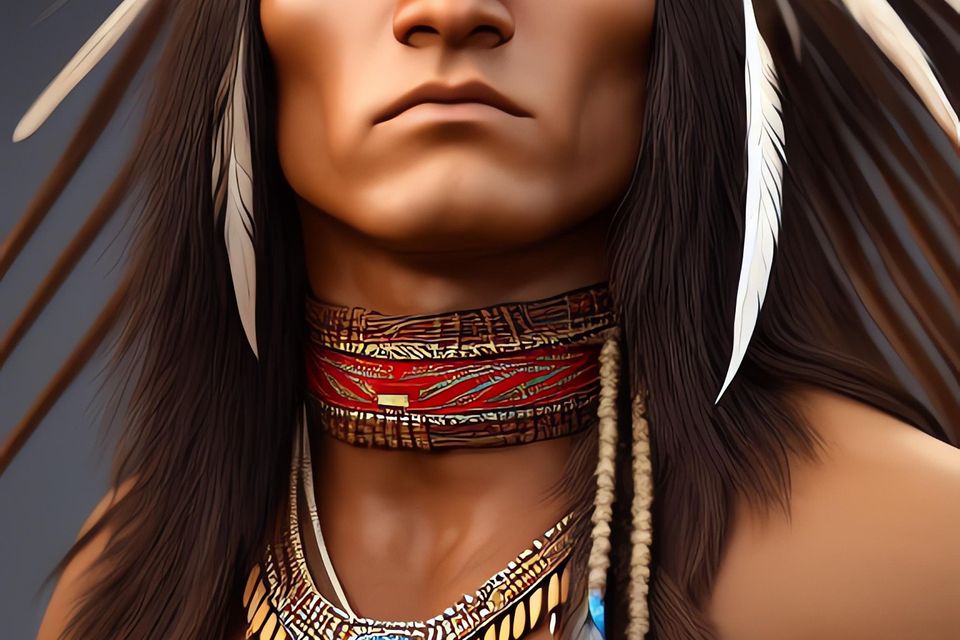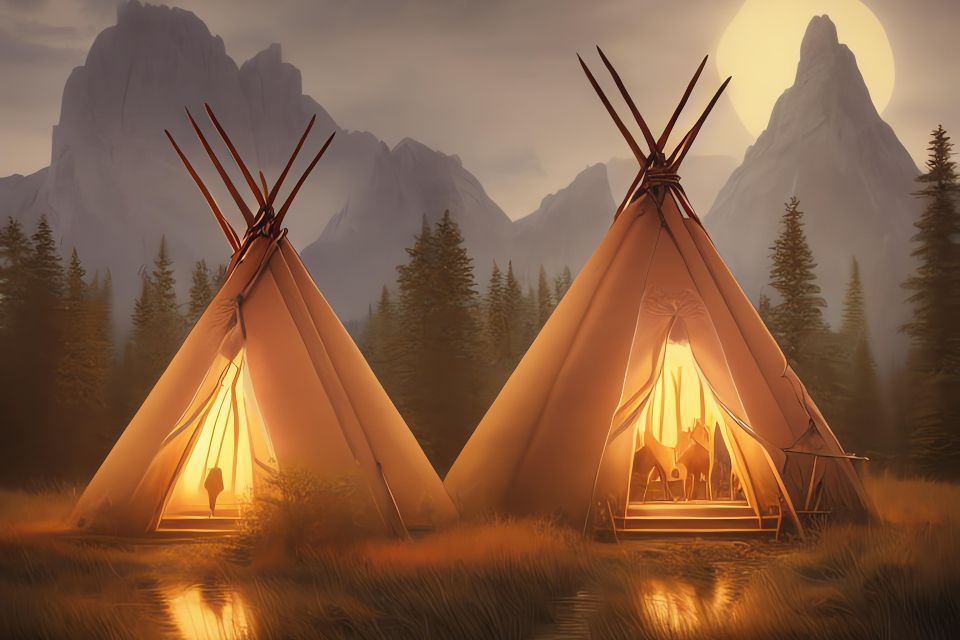Native Americans (also called
American Indians,
First Americans, or
Indigenous Americans) are the
Indigenous peoples of the
United States, particularly of the
lower 48 states and
Alaska. They may also include any Americans whose origins lie in any of the indigenous peoples of North or South America. The
United States Census Bureau publishes data about "American Indians and
Alaska Natives", whom it defines as anyone "having origins in any of the original peoples of North and South America ... and who maintains tribal affiliation or community attachment".
[5] The
census does not, however, enumerate "Native Americans" as such, noting that the latter term can encompass a broader set of groups, e.g.
Native Hawaiians, which it tabulates separately.
[6]The
European colonization of the Americas from 1492 resulted in a
precipitous decline in the size of the Native American population because of
newly introduced diseases, including weaponized diseases and biological warfare by colonizers,
[7][8][9][10][11] wars,
ethnic cleansing, and
enslavement. Numerous scholars have classified elements of the colonization process as comprising
genocide against Native Americans. As part of a policy of
settler colonialism, European settlers continued to wage war and perpetrated massacres against Native American peoples,
removed them from their
ancestral lands, and subjected them to
one-sided government treaties and discriminatory government policies. Into the 20th century, these policies focused on forced
assimilation.
[12][13][14]When the United States was established, Native American tribes were considered semi-independent nations, because they generally lived in communities which were separate from communities of white settlers. The federal government signed treaties at a government-to-government level until the
Indian Appropriations Act of 1871 ended recognition of independent Native nations, and started treating them as "domestic dependent nations" subject to applicable federal laws. This law did preserve rights and privileges, including a large degree of
tribal sovereignty. For this reason, many Native American reservations are still independent of state law and the actions of tribal citizens on these reservations are subject only to tribal courts and federal law. The
Indian Citizenship Act of 1924 granted US citizenship to all Native Americans born in the US who had not yet obtained it. This emptied the "Indians not taxed" category established by the
United States Constitution, allowed Natives to vote in elections, and extended the
Fourteenth Amendment protections granted to people "subject to the jurisdiction" of the United States. However, some states continued to deny
Native Americans voting rights for decades. Titles II through VII of the
Civil Rights Act of 1968 comprise the Indian Civil Rights Act, which applies to Native American tribes and makes many but not all of the guarantees of the
U.S. Bill of Rights applicable within the tribes.
[15]Since the 1960s,
Native American self-determination movements have resulted in positive changes to the lives of many Native Americans, though there are still many
contemporary issues faced by them. Today, there are over five million Native Americans in the US, about 80% of whom live outside reservations. As of 2020, the states with the highest percentage of Native Americans are
Alaska,
Oklahoma,
Arizona,
California,
New Mexico, and
Texas.
[16][17]Background
